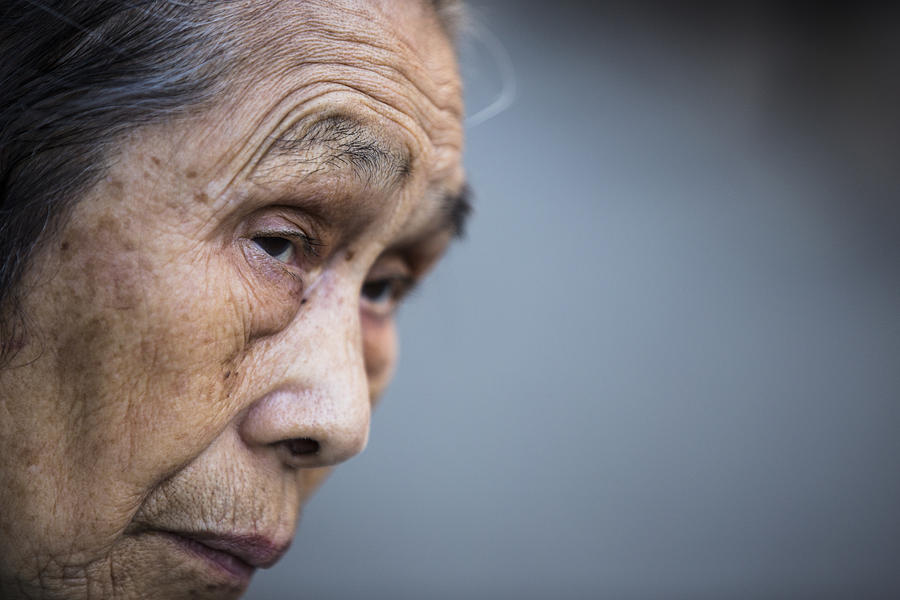Japanese are one of the longest living population in the world. Many people have been trying to figure out the Japanese secret to their long and healthy life. Both Japanese men and women are also known for their slim and attractive looks. So how do they do it?
Well, for one, the government in Japan has a strict rule for a maintained waistline. It is unusual but according to Mic, “Citizens must adhere to government-mandated waistline limits or face consequences. The government has established waistline limits for adults ages 40 to 74. Men must maintain a waistline at or below 33.5 inches; for women, the limit is 35.4 inches. The “metabo law” went into effect in 2008, with the goal of reducing the country’s overweight population by 25% by 2015. The government’s anti-obesity campaign aims to keep “metabolic syndrome” — a number of factors that heighten the risk of developing diabetes and vascular diseases, such as obesity and high blood pressure, glucose and cholesterol levels — in check, thus minimizing the ballooning health care costs of Japan’s massive aging population. Those who stray beyond the state-mandated waistlines are required to attend counseling and support sessions. Local governments and companies that don’t meet specific targets are fined, sometimes quite heavily.”
Due to this fairly insane regulation, people of Japan follow a strict diet and here is how they do it!
THE JAPANESE SECRET
Exercise
Exercise is a big part of Japanese lifestyle. Although they have very busy schedules, they always find time to work out. It is all about priorities and willpower – you can start by walking to work or taking the stairs instead of the elevator.
Way of Eating
Japanese people eat everything in moderation. They don’t follow strict diets or try fast weight-loss programs. They know that it is all about consistency and portion size.
Small Portions
Japanese tend to eat from small bowls and their food must always be aesthetically pleasing as well. The cooks make the food so pretty, that you might even feel guilty to eat it, Japanese people know exactly how to enjoy food and not stuff it all in.
Home-Cooking
Japanese make most of their foods at home. They do not consume much processed foods. Most of their meals are made up of vegetables and fish, which gives them healthy omega acids.
Cooking Techniques
They prefer to steam, grill and stir-fry their foods. They do not use a lot of oil and if they do, they use the heart-friendly ones. They also cook their food in broths and use light dressings.
Breakfast
Breakfast is the most important meal of the day and Japanese know it. They eat a powerful dish of miso soup with different small side dishes. It gives them extra energy, but does not make them feel bloated or too full.
Fewer Desserts
They do not eat a lot of desserts. Of course they can enjoy an ice cream occasionally, but it typically contains less sugar than the American one. It is not very common for them to eat sugary desserts.
Rice
Japanese eat a lot of rice. It is their main source of carbohydrates. They do not consume a lot of bread, so most of their carbohydrates are unrefined. Recently they have replaced white rice with brown, which means even more nutrients.
Not Drinking During Meals
The Japanese do not drink while they eat, because they believe that liquid cools down the body, which makes it harder to digest. This also makes the body expend more energy, which leaves you hungry by the end of the meal.
Hot Baths
Hot springs are a very important part of Japanese culture. They bathe in hot water that is around 40 degrees Celsius. This is good for relaxing the muscles and calming the nerves.
There is a common saying that: you are, what you eat.
Well, Japanese people know exactly what to eat. Here are the key elements of a Japanese diet:
The Japanese Diet Plan
Rice

As mentioned above, rice is one of the most important elements of Japanese meals. Rice helps to deter the effects of cholesterol, saturated fats and sodium. Changing white rice to brown rice gives you even more nutrients!
Soybeans
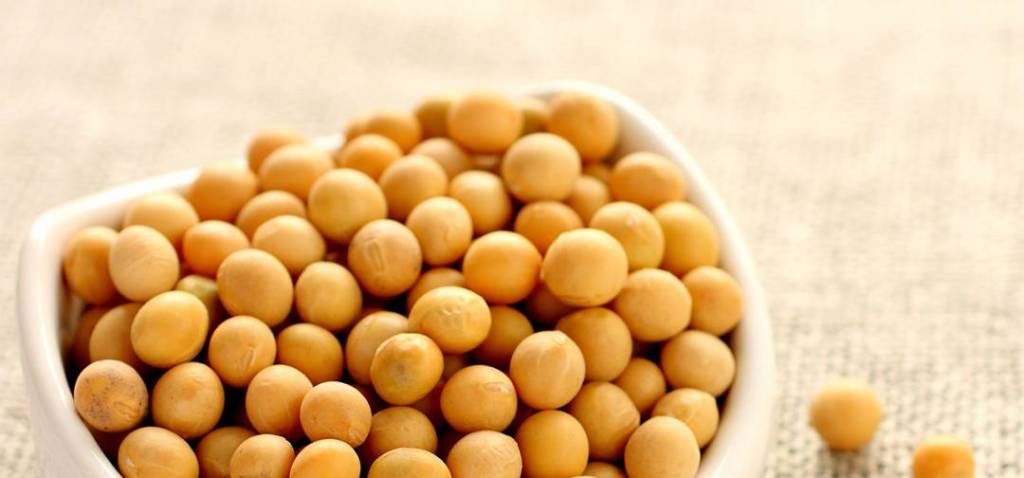
The statistics say that a regular Japanese consumes about 50g of soybeans daily. Soy can have a positive effect on metabolic activity, which increases your energy. Soybeans contain a lot of protein, which means that they assist the repairing of the cells. They also help to build lean muscle and prevent cancer. Also their high levels of calcium, soybeans help to prevent osteoporosis.
Vegetables
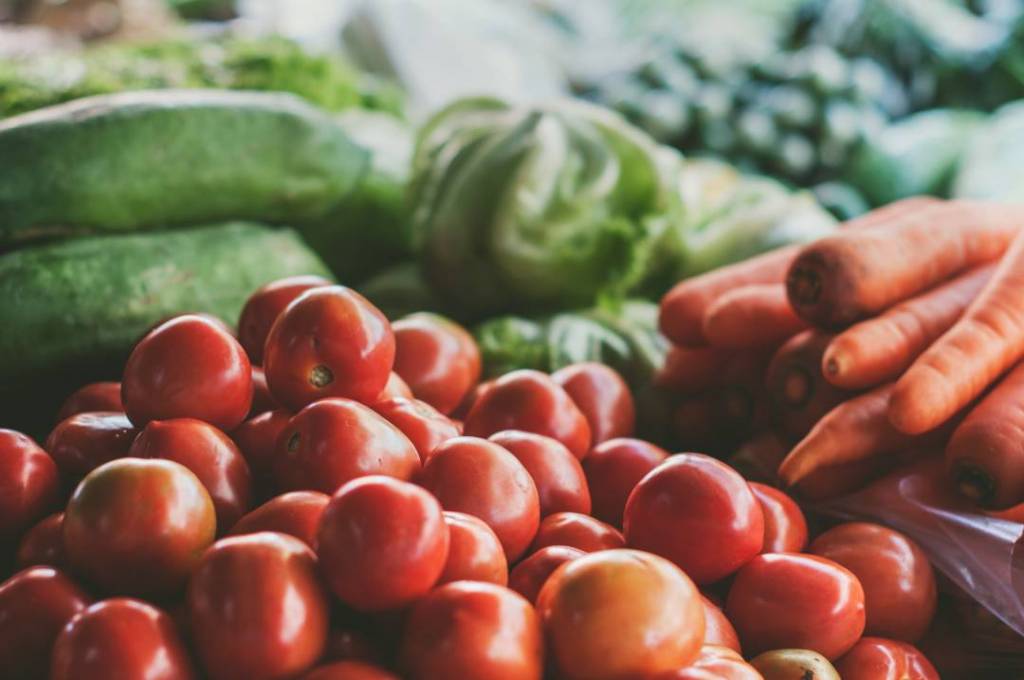
Vegetables play a major role in a Japanese diet. The statistic shows that Japanese consume about 5 times more vegetables than Americans. Most popular are bok choy, broccoli and cabbage. Also they consume a lot of seaweed, which has a lot of healthy benefits.
Noodles
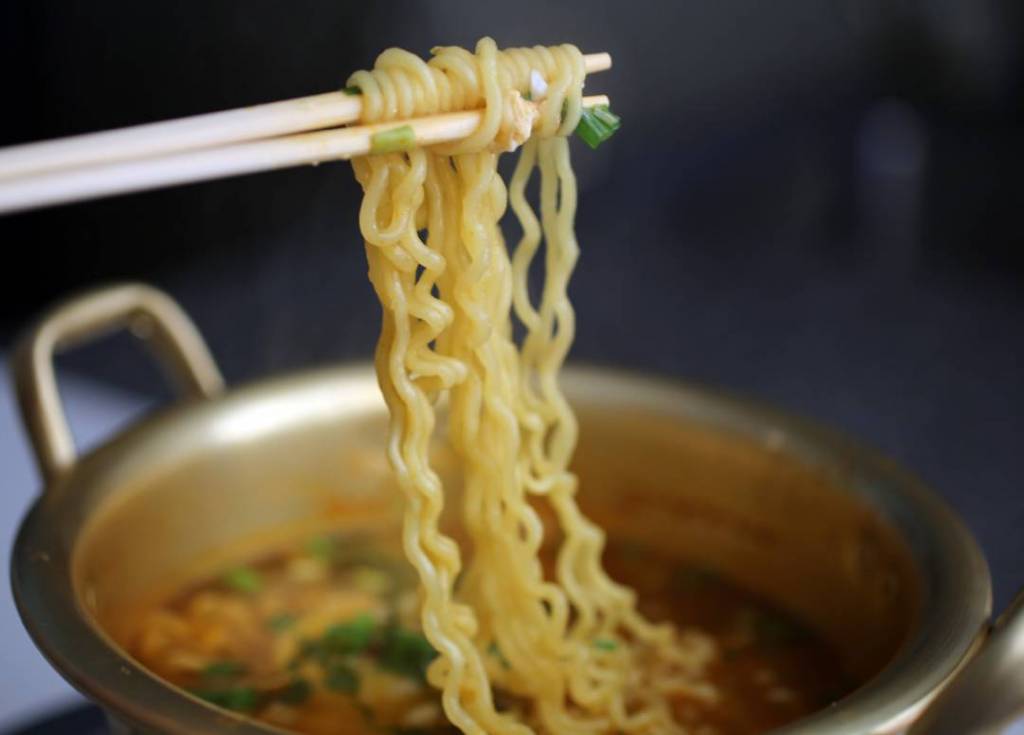
Japanese prefer buckwheat noodles to regular ones. In addition to being cholesterol free they have fewer calories than the regular noodles.
Green Tea

Green tea is good for weight loss (because of its fat burning quality) and it has a high level of antioxidants. That’s why it is added to many weight loss supplements as well.
Fish

Fish is another secret to a healthy life. They contain a lot of Omega 3 fatty acids, which help the Japanese to stay slim and youthful.
Fruits
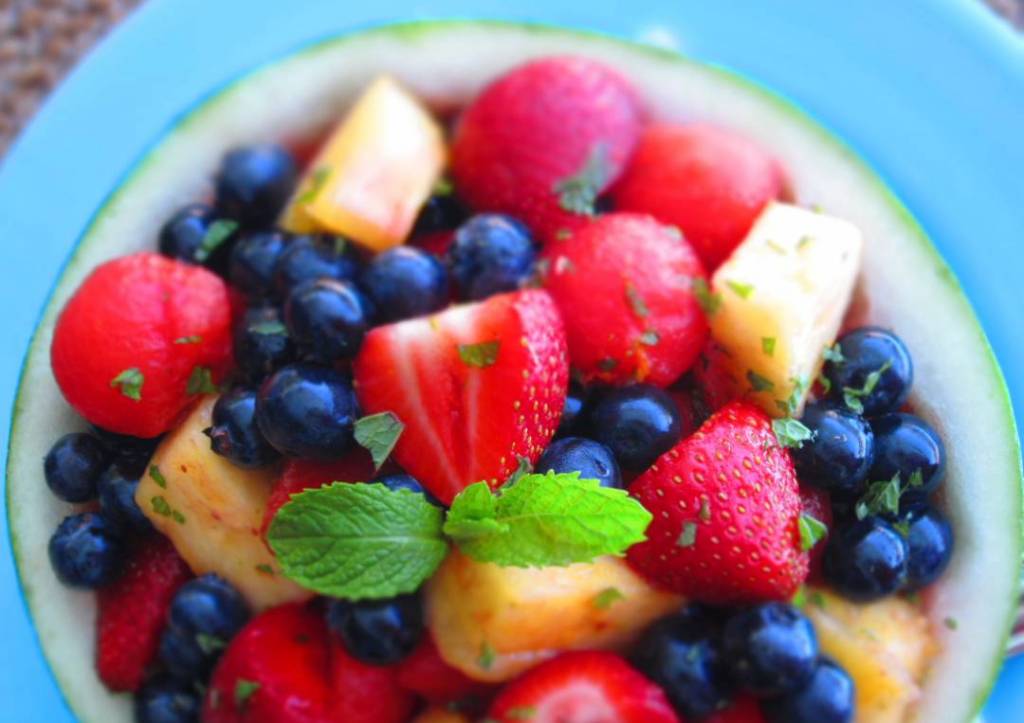
Fresh fruits are as important part of the Japanese diet as vegetables. Fruits are low in fat, calories and sodium, which make them a perfect snack. They have also high levels of antioxidants, fiber, minerals and vitamins that contribute to weight loss.
The most important thing is to remember that moderation is the key. Everything should be eating in a balance and it is important to consume fresh whole foods rather than processed ones. For healthy diet and weight loss one should definitely keep in mind the Japanese diet.

